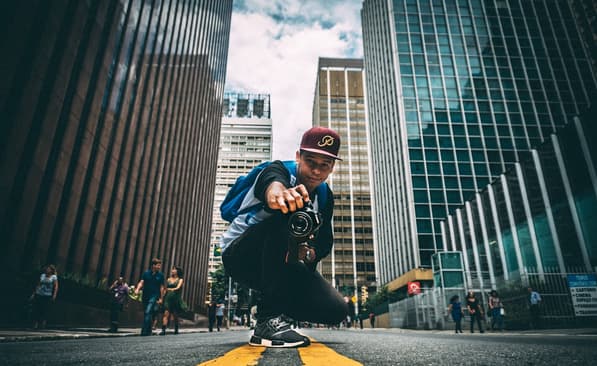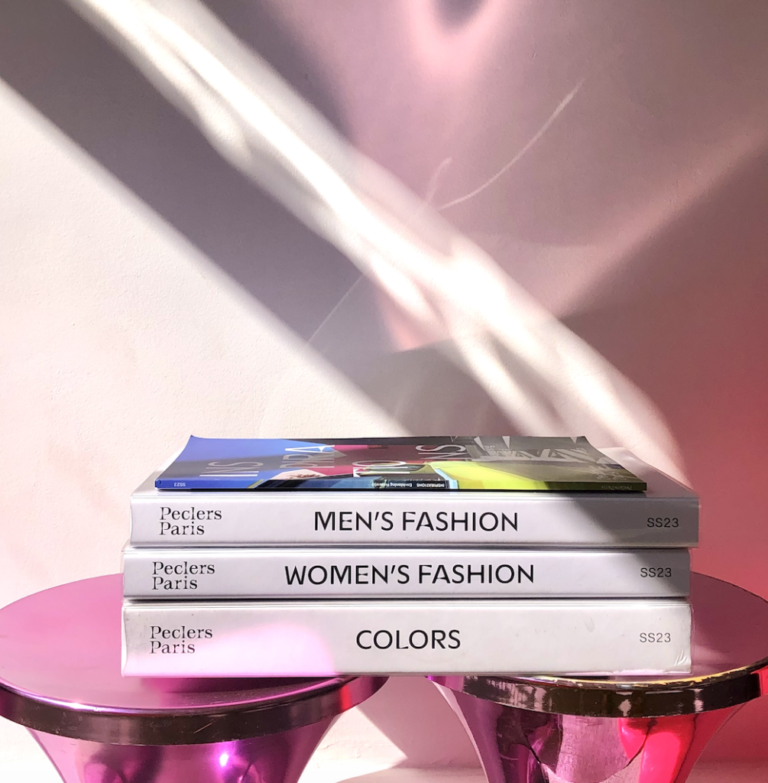Street fashion is more than just a trend—it’s a cultural phenomenon that blends creativity, individuality, and self-expression. Originating from the streets rather than high-end designer studios, street fashion has evolved into a global movement, influencing mainstream fashion and redefining style across generations. From the bustling avenues of Tokyo’s Harajuku district to the vibrant streets of New York City, street fashion tells a story of rebellion, creativity, and authenticity. It thrives on diversity, allowing individuals to experiment, mix, and personalize their looks to make powerful statements about their identity.
As social media platforms like Instagram and TikTok amplify street fashion’s influence, its impact on the global fashion industry has become undeniable. What once emerged as an anti-establishment movement has now become an integral part of mainstream fashion, with luxury brands incorporating streetwear elements into their collections. But how did street fashion gain such prominence, and what makes it resonate so deeply with people worldwide? Let’s explore the journey of street fashion, its diverse styles, and its role in shaping contemporary fashion trends.
The Origins and Rise of Street Fashion
A Rebellion Against Norms
Street fashion began as a countercultural movement in the 1970s and 1980s, where youth from urban neighborhoods used clothing to express their dissatisfaction with societal norms. Influenced by hip-hop culture, skateboarding, punk movements, and graffiti art, early street fashion was rooted in the desire for authenticity and nonconformity. Unlike the polished, tailored looks of traditional fashion, street fashion thrived on raw energy and creativity, encouraging individuals to express themselves without boundaries.
In the United States, streetwear gained momentum through hip-hop culture in New York City. Brands like FUBU (For Us, By Us) and Sean John reflected the aspirations and struggles of marginalized communities while making a bold statement about self-reliance. Similarly, in California, skateboarders pioneered a laid-back, rebellious style that would eventually influence global fashion trends. Brands like Stüssy and Supreme embodied this spirit, combining elements of skate culture with street-savvy aesthetics.
Influence of Japanese Street Culture
While the United States played a pivotal role in the birth of streetwear, Japan’s street fashion scene added a unique, eclectic twist. Tokyo’s Harajuku district became synonymous with experimental, boundary-pushing styles, where young fashion enthusiasts mixed traditional Japanese garments with Western influences. Styles like Gyaru, Lolita, and Visual Kei flourished, showcasing a diverse range of aesthetics that celebrated individuality.
Japanese designers like Nigo (founder of A Bathing Ape) and Hiroshi Fujiwara (a pioneer in Japanese streetwear) brought a fresh perspective to street fashion, blending high fashion with urban street styles. Their impact extended globally, inspiring collaborations between luxury brands and streetwear labels, further blurring the lines between high fashion and street style.
Modern Street Fashion: A Fusion of Cultures and Influences
Diversity in Styles and Trends
Today, street fashion is a melting pot of cultures, trends, and influences, reflecting the global nature of fashion. It seamlessly blends elements from various subcultures, allowing individuals to curate unique looks that resonate with their personal style. Some of the most prominent street fashion styles include:
- Athleisure: The fusion of athletic wear and casual fashion, often characterized by hoodies, joggers, and sneakers. Brands like Nike, Adidas, and Puma dominate this space, creating stylish yet functional pieces that bridge the gap between sportswear and everyday fashion.
- Hypebeast Culture: Popularized by limited-edition drops and exclusive collaborations, Hypebeast fashion thrives on scarcity and exclusivity. Brands like Supreme, Off-White, and Yeezy have cultivated a cult following, where enthusiasts eagerly await new releases and resale values skyrocket.
- Minimalist Street Style: For those who prefer understated elegance, minimalist street style focuses on clean lines, neutral tones, and timeless pieces. Labels like COS, A.P.C., and Uniqlo have made minimalism a staple in the street fashion scene, proving that simplicity can be just as impactful as bold statements.
- Vintage and Thrifted Looks: Sustainability has influenced street fashion, encouraging individuals to explore thrift stores and repurpose vintage pieces. This trend not only promotes eco-conscious choices but also allows fashion enthusiasts to create unique looks by blending old-school aesthetics with modern elements.
The Role of Social Media in Shaping Street Fashion
The digital age has propelled street fashion to new heights, with social media platforms serving as virtual runways for emerging trends. Influencers, fashion bloggers, and content creators showcase their street-style outfits to global audiences, inspiring millions to experiment with their wardrobes. Platforms like Instagram, TikTok, and Pinterest allow trends to spread rapidly, making street fashion more accessible and inclusive than ever.
The rise of #OOTD (Outfit of the Day) posts has empowered individuals to share their unique interpretations of street fashion, fostering a culture of creativity and self-expression. Street style photographers, such as The Sartorialist (Scott Schuman) and Tommy Ton, have captured the essence of street fashion during international fashion weeks, highlighting the influence of everyday individuals on high fashion.

The Intersection of Street Fashion and High Fashion
Collaborations and Crossovers
The once distinct line between street fashion and high fashion has blurred, giving rise to groundbreaking collaborations that reshape the fashion landscape. Luxury brands that once shied away from streetwear are now embracing it, recognizing its commercial appeal and cultural relevance. Iconic collaborations such as:
- Louis Vuitton x Supreme: A landmark collaboration that merged high fashion with street culture, introducing monogrammed hoodies and accessories that became instant collector’s items.
- Dior x Air Jordan: A collaboration that elevated sneaker culture by combining Dior’s luxury craftsmanship with Air Jordan’s streetwear credibility, resulting in a coveted sneaker that transcended boundaries.
- Balenciaga x Adidas: This partnership fused high-end fashion with athletic aesthetics, reflecting the growing influence of streetwear in the luxury sector.
Street Fashion on the Runway
Designers like Virgil Abloh (Off-White) and Demna Gvasalia (Balenciaga) have redefined the relationship between street fashion and high fashion. Their designs reflect a seamless blend of urban influences and avant-garde concepts, proving that street fashion is not merely a passing trend but a lasting force in the industry.
The Future of Street Fashion: Sustainability and Innovation
A Shift Towards Eco-Conscious Fashion
As awareness of environmental issues grows, street fashion is embracing sustainability and ethical practices. Brands are increasingly focusing on using organic fabrics, reducing waste, and promoting slow fashion. Thrift shopping, upcycling, and DIY fashion have gained popularity, allowing consumers to contribute to a more sustainable future while maintaining their individuality.
The Rise of Digital Fashion and NFTs
The future of street fashion is also venturing into the digital realm, where fashion meets technology. Digital fashion and NFTs (Non-Fungible Tokens) are revolutionizing the way people engage with fashion, offering virtual clothing that can be showcased in digital spaces. Platforms like DressX and The Fabricant are pioneering this space, allowing users to express their style in the metaverse.
Conclusion: The Enduring Power of Street Fashion
Street fashion is more than just clothing—it’s a canvas for self-expression, a reflection of societal shifts, and a testament to the power of creativity. Its ability to adapt, evolve, and merge with other fashion movements ensures that it will remain a driving force in the industry for years to come. From its rebellious origins to its current position at the forefront of mainstream fashion, street fashion continues to inspire individuals to embrace authenticity and push the boundaries of style.
As fashion becomes more inclusive and diverse, street fashion remains a beacon of freedom, allowing everyone to tell their story through their clothes. Whether it’s a statement hoodie, a vintage find, or a carefully curated athleisure look, street fashion empowers people to be unapologetically themselves—one outfit at a time.








